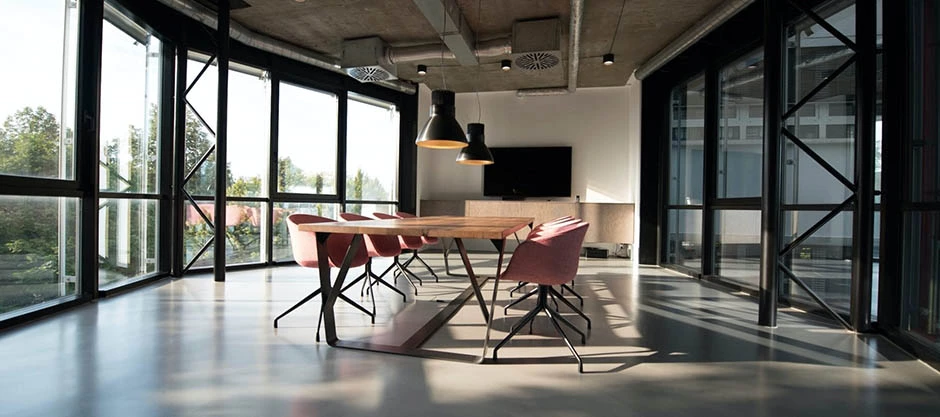In the rapidly evolving world of retail, staying pertinent and appealing to shoppers can be an ongoing challenge. Store renovation has emerged as a crucial strategy for companies seeking to breathe new life into their stores and engage consumers in novel ways. This process encompasses all aspects from visual improvements and floor plan adjustments to improving lighting and flooring, all focused at creating an inviting shopping experience. With buyers increasingly drawn to experiences as much as products, comprehending the psychology behind retail refurbishment is crucial than before.
As companies work to improve their tangible presence, the benefits of retail refurbishment expand beyond mere visual appeal. A well-executed refurbishment can renew a brand, boost revenue, and significantly improve the customer experience. Moreover, recognizing the indicators that show it's time for a makeover allows companies to remain ahead of trends and meet evolving consumer demands. In this article, we will explore the many facets of retail refurbishment, including its influence on shopper interaction, effective strategies for design, and useful advice for overseeing the refurbishment project effectively.
Comprehending Retail Refurbishment
Store renovation refers to the process of enhancing, revamping, or modifying an existing retail environment to enhance its overall appearance, operational capability, and client satisfaction. This can involve a range of modifications, from small cosmetic improvements like fresh coating and signage to additional comprehensive changes such as layout redesign or digital enhancements. The objective is to establish an environment that attracts to clients while synchronizing with modern market trends and branding.
One of the primary motives retailers select refurbishment is to remain competitive in an constantly changing market. As consumer preferences shift and emerging shopping habits arise, businesses must modify their locations to stay pertinent. Retail refurbishment can help stores bolster their brand, showcase new products, and produce unique experiences that pull in and hold on to customers, eventually boosting sales increase.
Additionally, the refurbishment procedure can also be a deliberate investment in the future health of a retail business. By revitalizing their space, retailers can boost client interaction and contentment, leading to higher customer footfall and greater loyalty. Properly conducted refurbishments can turn a typical store into a fashionable destination, making it vital for retailers to frequently assess their environments and identify when updates are needed to meet client expectations.
The Benefits and Impact of Store Renovation
Retail refurbishment provides a variety of advantages that can significantly enhance a store's performance. check my blog of the key advantages is the revitalization of the brand image, which allows businesses to showcase a new face to customers. A refurbished store often draws more foot traffic and seizes the attention of bystanders, which can cause boosted sales. As stores adapt to meet changing consumer preferences, refurbishment makes sure that they stay pertinent and attractive in a competitive market.
Another significant effect of refurbishment is the enhancement of the customer experience. A thoughtfully designed store layout and contemporary aesthetics can create a more inviting atmosphere, encouraging customers to spend more time inside. Deliberate design choices, such as illumination and coloration schemes, play an essential role in enhancing the shopping experience. An immersive store environment enhances customer interaction and satisfaction, building loyalty and repeat visits.
Finally, refurbishment can lead to operational efficiencies that benefit both the business and its customers. Improving infrastructure, such as energy-efficient lighting and green materials, can cut down on operational costs over time. Additionally, a cleverly redesigned space can optimize staff workflow and refine inventory management, directly affecting profitability. Ultimately, the benefits of refurbishment surpass aesthetics; they influence customer perception, operational effectiveness, and the overall success of a retail business.
Planning and Implementing Your Retail Refurbishment
To ensure a favorable retail refurbishment, meticulous planning is essential. Start by collecting insights about your present store layout, customer preferences, and the most recent retail design trends. Engage with your team and customers to pinpoint areas needing improvement and prioritize changes that will have the most significant impact. In addition, set specific objectives for the refurbishment, such as enhancing customer experience, increasing sales, or aligning with brand values, to direct your decisions throughout the process.
Once you have a well-defined plan, it's time to move on to execution. This stage involves collaborating with skilled professionals, such as designers and contractors, to realize your vision into reality. Establish a framework that includes key milestones for the refurbishment project, ensuring all parties know deadlines and responsibilities. Sound project management is key to monitor progress and address any unforeseen challenges that may occur, keeping the project on track.
Lastly, communication plays a vital role during the execution phase. Keep both your staff and customers aware about the refurbishment timeline and any provisional changes to store operations. Consider providing promotions or special events to engage customers and generate excitement about the refreshed space. By maintaining clarity and participation throughout the process, you create a smoother experience that builds customer loyalty and boosts the overall success of your retail refurbishment.

